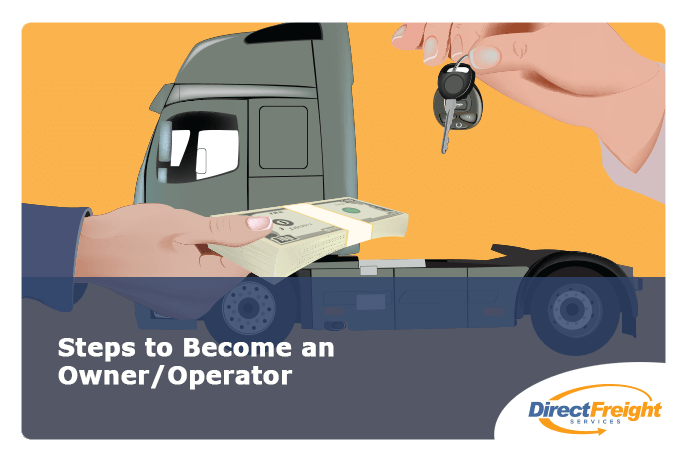Regulation, regulation, regulation- the government is very good at you guessed it, regulation. Sometimes the laws and rules around driving and the trucking industry or even the economy seem tedious and invasive, but governmental regulation can be a very good thing for the safety and prosperity of everyone in the nation. Following guidelines and keeping equipment up to date to the standards of governmental authority can sometimes seem like too much to keep track of but being sure to stay within the rules is a great way to stay safe and free of expensive fines and limitations.
The Federal Motor Carrier Safety Administration (FMCSA) is a governmental authority that plays a major role in regulating the national motor transport industry from long-haul to regional trucking and everything in between. The goal of the Federal Motor Carrier Safety Administration is to “keep our nation’s roadways safe and improve commercial motor vehicle safety through regulation, education, enforcement, research, and technology.”
A History of Transport
The United States has had a long history of transporting goods, even before the nation was founded, farmers, trappers, and traders carried goods across the continent for trading purposes. After the days of horses and buggies, railroads and steamships came into the limelight as a great way to expediently transport goods across the nation, and even across the world. While cargo ships and railways are still used to transport goods daily, the American Trucking Industry is the primary means of transport for domestic cargo.
The first modern type of tractor trailer was built and used in 1914 to transport a boat- ever since then, 18-wheelers have taken over the roads as the most efficient form of transport over land. With the ability to move huge amounts of goods faster than any other terrestrial vehicle, it’s a no-brainer that trucks became so popular. The increase in trucks prompted the need for regulation- for a while, the industry was in a wild west stage with little regulation and little safety but creating guidelines for those in the industry whether it be drivers, engineers, or managers helped in forming the trucking industry of today!
A Useful Resource
The FMCSA is not only a regulating and enforcing agency, but also a useful research and educational base for drivers and managers. The FMCSA website is filled with articles about how to improve your driving or managing experience, and it also has news about the latest technology and how it impacts the industry. One of the most important tabs on the entire website is the safety tab- it contains information on keeping yourself and others safe from all the risks that occur with the industry.
The FMCSA also serves as a database for statistics, information, and driver data. Managers can use FMCSA Licensing and Insurance public record to ensure that they are hiring legitimate drivers which is important for keeping their business, other drivers, and the public safe. The FMCSA serves as a useful hub for everyone in the industry, allowing them to stay current and informed.
Final Thoughts
The FMCSA is a great resource for everyone in the industry, giving the latest news on technology, statistics, and regulations. There are many resources on the FMCSA website for making your routes safer, happier, and healthier through articles, rules, and press releases about current issues in the industry. It’s an awesome idea to check out the FMCSA website (linked here) to explore the regulation side of the industry!










